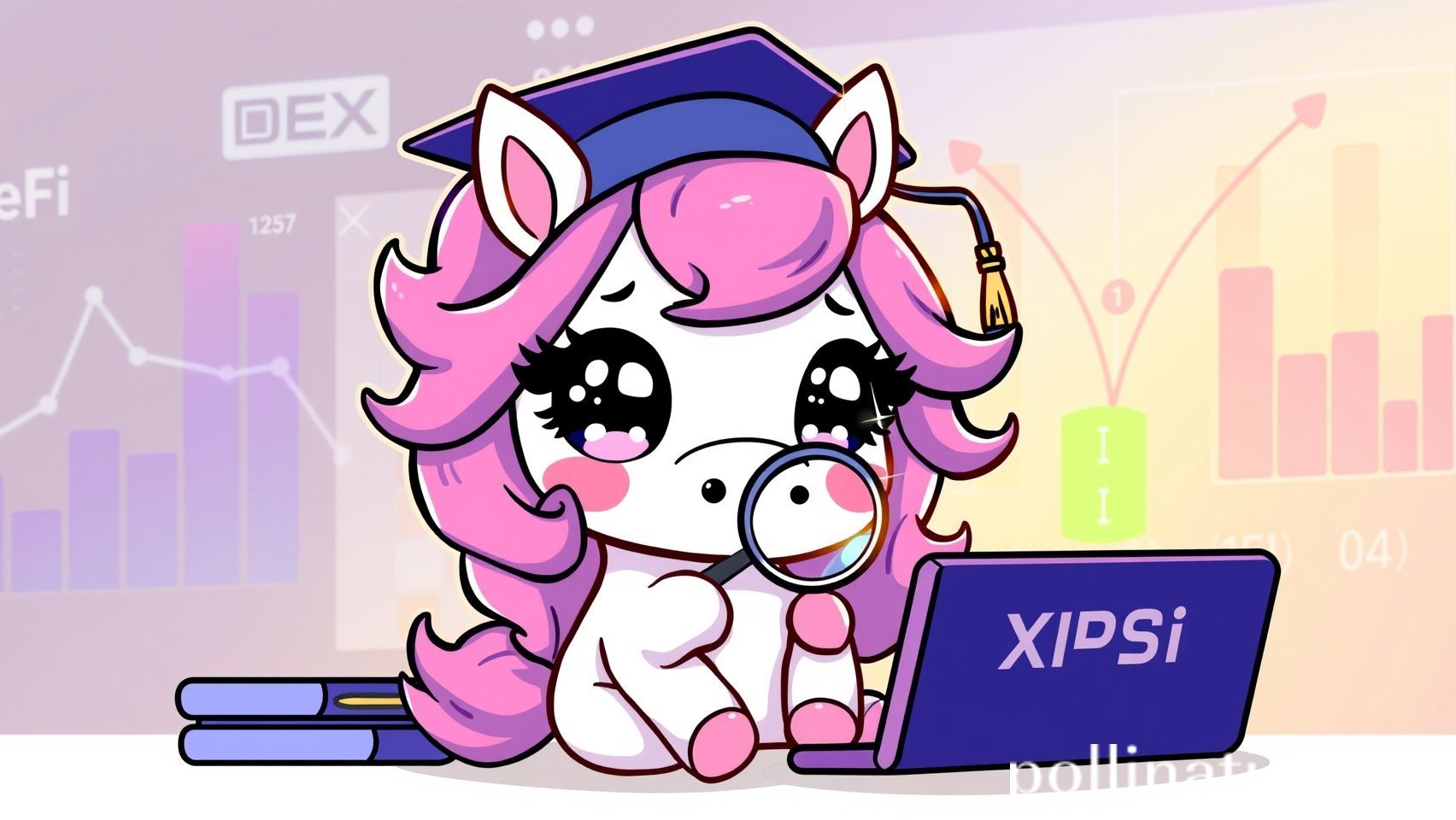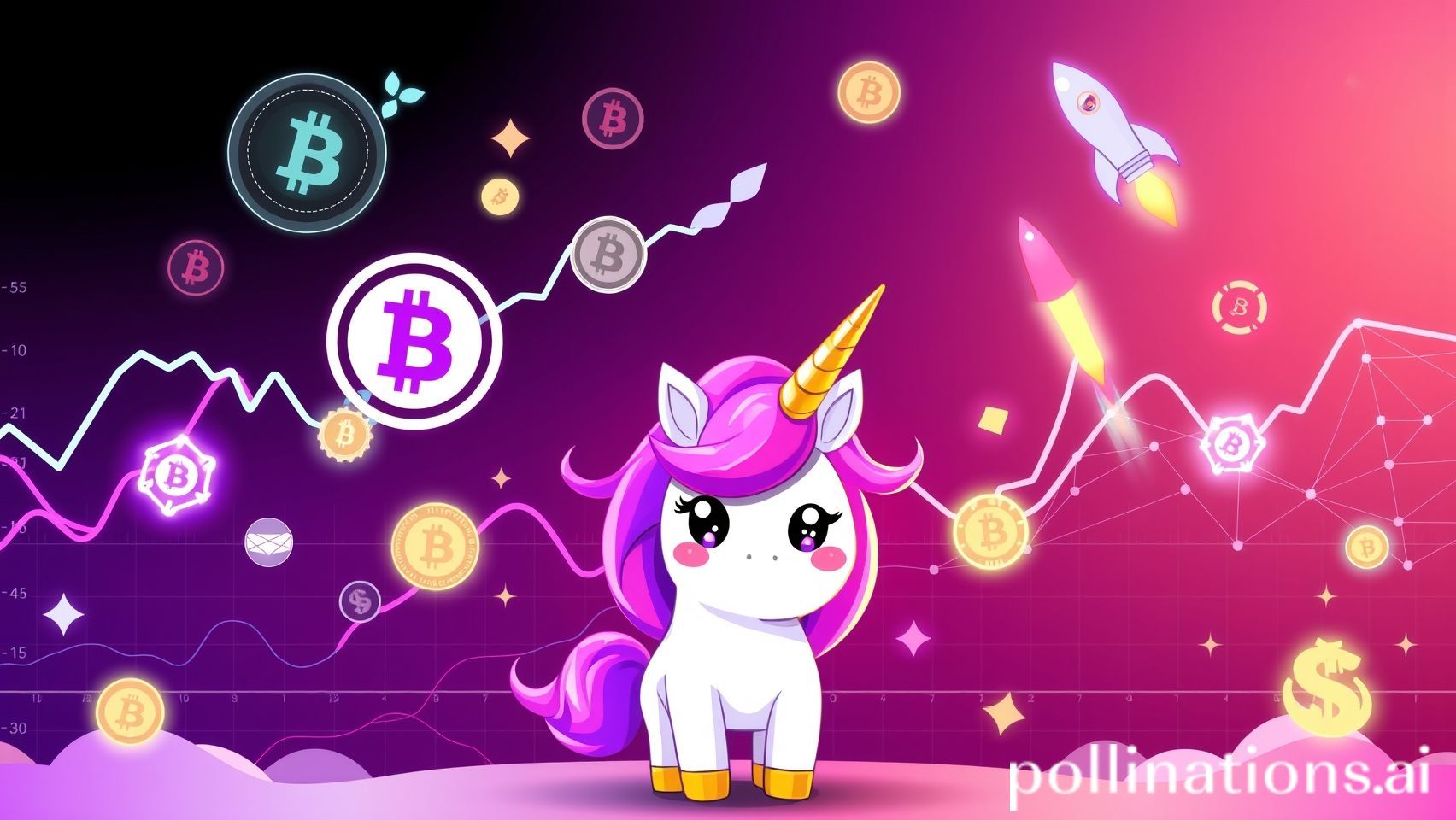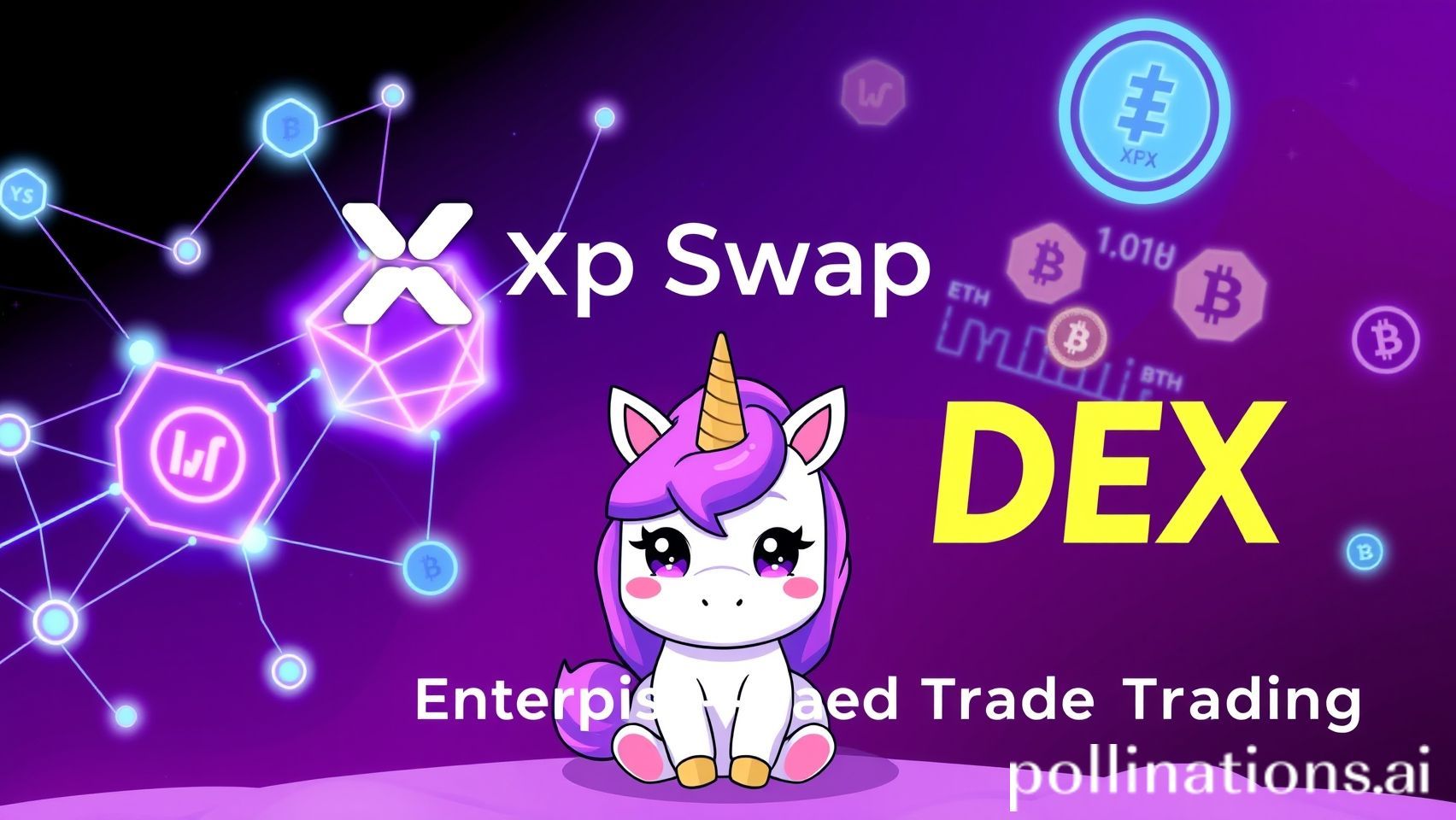Introduction
The decentralized exchange (DEX) landscape is experiencing unprecedented innovation in 2025, marking a pivotal moment in the evolution of Web3 trading infrastructure. As blockchain technology matures and user adoption accelerates, we are witnessing a fundamental transformation in how traders, liquidity providers, and institutions interact with decentralized finance protocols.
This comprehensive analysis examines the current state of the DEX ecosystem, emerging trends that are reshaping the industry, and XpSwap strategic positioning within this rapidly evolving landscape. Through detailed research and market analysis, we explore the technological innovations, regulatory developments, and user behavior patterns that are driving the next wave of DeFi adoption.
Market Overview: DEX Dominance Rising
According to recent industry data, decentralized exchanges now command 42% of global crypto trading volume, representing a dramatic increase from just 15% in 2022. This surge reflects growing user confidence in non-custodial trading solutions and highlights the maturation of DEX technology infrastructure.
The total value locked (TVL) across all DEX protocols has reached unprecedented levels, with leading platforms like Uniswap, PancakeSwap, and emerging competitors processing billions in daily trading volume. This growth trajectory indicates a fundamental shift in trader preferences toward decentralized, permissionless trading environments.
Several factors contribute to this remarkable expansion. Enhanced user experience design has made DEX platforms more accessible to mainstream users, while improved liquidity aggregation has reduced slippage and transaction costs. Additionally, the integration of advanced features like limit orders, cross-chain swaps, and yield farming has attracted sophisticated traders who previously relied exclusively on centralized exchanges.
Technological Innovations Driving Growth
Cross-Chain Interoperability
One of the most significant developments in the DEX space is the advancement of cross-chain trading capabilities. Modern DEX platforms are increasingly implementing bridge technologies that allow users to trade assets across multiple blockchain networks seamlessly. This interoperability addresses one of the primary limitations of early DEX protocols, which were restricted to single-chain operations.
XpSwap exemplifies this trend through its multi-network architecture, supporting Ethereum, Binance Smart Chain, Polygon, Arbitrum, Optimism, and the native Xphere blockchain. This comprehensive approach enables users to access liquidity across multiple ecosystems without the friction of manual bridge operations or complex routing decisions.
Advanced Market Making Algorithms
The evolution of automated market maker (AMM) algorithms represents another crucial innovation driving DEX adoption. While early DEX platforms relied on simple constant product formulas, contemporary platforms implement sophisticated pricing mechanisms that optimize for capital efficiency and reduced impermanent loss.
Concentrated liquidity protocols allow liquidity providers to specify price ranges for their capital, significantly improving capital efficiency compared to traditional AMM models. This innovation has attracted institutional liquidity providers who demand precise control over their risk exposure and return profiles.
MEV Protection and Fair Trading
Maximal Extractable Value (MEV) protection has emerged as a critical feature for modern DEX platforms. As sophisticated arbitrage bots and front-running attacks became prevalent, platforms have implemented various mechanisms to protect user transactions from MEV exploitation.
Advanced DEX platforms now incorporate features like private mempools, batch auctions, and commit-reveal schemes to ensure fair ordering of transactions. These protections are essential for maintaining user trust and preventing value extraction that would otherwise reduce trader returns.
Regulatory Landscape and Compliance
The regulatory environment surrounding DEX operations continues to evolve, with different jurisdictions taking varying approaches to oversight and compliance requirements. This regulatory uncertainty presents both challenges and opportunities for DEX platforms seeking to operate globally while maintaining compliance.
Progressive regulatory frameworks in several jurisdictions are beginning to recognize the benefits of decentralized trading systems, including enhanced security through non-custodial operations and reduced counterparty risk. However, compliance requirements around know-your-customer (KYC) procedures and anti-money laundering (AML) measures remain complex challenges for truly decentralized platforms.
Forward-thinking DEX platforms are implementing optional compliance features that allow users to voluntarily provide identity verification for access to additional features or higher trading limits. This hybrid approach balances regulatory compliance with the core principles of decentralized finance.
User Experience Evolution
The user experience gap between centralized and decentralized exchanges has narrowed significantly throughout 2025. Modern DEX platforms feature intuitive interfaces, real-time price feeds, advanced charting tools, and mobile optimization that rivals traditional trading platforms.
Gas fee optimization has become a crucial focus area, with platforms implementing various strategies to reduce transaction costs. Layer 2 solutions, transaction batching, and gas fee subsidies are among the approaches being used to make DEX trading more accessible to retail users.
Educational resources and onboarding flows have also improved dramatically, helping new users understand concepts like slippage, impermanent loss, and liquidity provision. This educational focus is essential for expanding DEX adoption beyond the crypto-native user base.
XpSwap Strategic Positioning
Multi-Chain Architecture
XpSwap strategic approach to multi-chain support positions it uniquely within the competitive DEX landscape. By supporting major blockchain networks including Ethereum, BSC, Polygon, and Arbitrum, alongside the native Xphere blockchain, XpSwap provides users with comprehensive access to decentralized liquidity across the Web3 ecosystem.
The platform native integration with the Xphere blockchain offers distinct advantages in terms of transaction speed and cost efficiency. With support for 4,000 transactions per second and one-second block finality, Xphere provides the infrastructure necessary for high-frequency trading and institutional-grade operations.
Advanced Feature Set
XpSwap comprehensive feature set addresses many of the challenges that have historically limited DEX adoption. The platform implements sophisticated MEV protection mechanisms that shield users from front-running and sandwich attacks, ensuring fair execution of trading orders.
Yield farming opportunities with APY rates reaching 158.3% attract liquidity providers seeking competitive returns on their capital. The platform governance system, powered by the XPS token, enables community-driven decision making and protocol evolution.
Real-time analytics and portfolio management tools provide users with institutional-grade trading infrastructure, while maintaining the security and transparency benefits of decentralized operations. These features collectively position XpSwap as a comprehensive DeFi platform rather than a simple token swap interface.
XPS Token Economics
The XPS token serves multiple functions within the XpSwap ecosystem, creating sustainable value accrual mechanisms that benefit long-term stakeholders. Token holders receive trading fee discounts ranging from 10% to 75% based on their holdings, incentivizing platform loyalty and reducing trading costs for active users.
Staking mechanisms allow XPS holders to earn yield while participating in platform governance. The deflationary tokenomics, which include regular token burns funded by platform revenue, create a sustainable framework for value appreciation as trading volume grows.
Governance rights enable XPS holders to influence platform development, fee structures, and strategic partnerships. This community-driven approach ensures that platform evolution aligns with user interests and market demands.
Competitive Landscape Analysis
The DEX ecosystem has become increasingly competitive, with established platforms facing challenges from innovative newcomers offering enhanced features and improved user experiences. Uniswap maintains its position as the leading Ethereum-based DEX, while PancakeSwap dominates the Binance Smart Chain ecosystem.
Emerging platforms are differentiating themselves through specialized features like options trading, leveraged positions, and institutional services. The competition is driving rapid innovation across the entire ecosystem, benefiting users through improved functionality and reduced costs.
XpSwap competitive advantages include its multi-chain approach, advanced security features, and comprehensive DeFi ecosystem. By offering cross-chain liquidity access, MEV protection, and competitive yield farming opportunities, XpSwap addresses many of the limitations that users experience on single-chain platforms.
Future Trends and Predictions
Institutional Adoption
Institutional adoption of DEX platforms is accelerating as regulatory clarity improves and infrastructure matures. Hedge funds, family offices, and corporate treasuries are beginning to allocate capital to DeFi protocols, attracted by the yield opportunities and transparency benefits.
This institutional influx is driving demand for more sophisticated trading tools, compliance features, and risk management capabilities. DEX platforms that successfully cater to institutional requirements while maintaining their decentralized principles are likely to capture significant market share.
Integration with Traditional Finance
The boundaries between traditional finance and DeFi continue to blur as established financial institutions explore blockchain-based solutions. Central bank digital currencies (CBDCs) and tokenized traditional assets are creating new trading opportunities within DEX ecosystems.
Platforms that can seamlessly integrate traditional financial products with DeFi protocols will benefit from increased liquidity and expanded user bases. This integration requires sophisticated compliance frameworks and robust security measures.
Technological Advancement
Zero-knowledge proof technology is enabling new privacy features and scalability improvements that will further enhance DEX capabilities. ZK-rollups and other Layer 2 solutions are making high-frequency trading economically viable on previously congested networks.
Artificial intelligence and machine learning algorithms are being integrated into DEX platforms to provide enhanced trading analytics, market making strategies, and risk management tools. These technological advances will continue to narrow the feature gap between centralized and decentralized exchanges.
Challenges and Opportunities
Despite significant progress, the DEX ecosystem faces ongoing challenges that present both risks and opportunities for platform operators. Regulatory uncertainty remains a primary concern, as unclear or restrictive regulations could limit platform functionality or user access.
Technical challenges include scalability limitations, user experience complexity, and security vulnerabilities. Platforms that successfully address these challenges while maintaining decentralization principles will be well-positioned for long-term success.
Market volatility and liquidity fragmentation across multiple chains create operational challenges but also opportunities for platforms that can effectively aggregate liquidity and provide stable trading environments.
Conclusion
The Web3 DEX ecosystem is undergoing rapid transformation, driven by technological innovation, regulatory evolution, and changing user preferences. Platforms that combine advanced functionality with user-friendly interfaces and robust security measures are capturing increasing market share from traditional centralized exchanges.
XpSwap strategic positioning within this evolving landscape demonstrates the potential for multi-chain DEX platforms to provide comprehensive DeFi solutions. Through its combination of cross-chain interoperability, advanced trading features, and community governance, XpSwap exemplifies the next generation of decentralized trading infrastructure.
As the DeFi ecosystem continues to mature, successful platforms will be those that can balance innovation with security, decentralization with user experience, and growth with sustainability. The trends identified in this analysis suggest that 2025 will be a pivotal year for DEX adoption and the broader evolution of Web3 financial infrastructure.
The future of decentralized trading lies in platforms that can seamlessly integrate multiple blockchain networks, provide institutional-grade features, and maintain the core principles of decentralization that define the Web3 movement. XpSwap comprehensive approach to these challenges positions it well for continued growth and market leadership.
Community Links
Stay connected with the XPS ecosystem and Web3 trading community:
• Blog: https://xpsproject.blogspot.com/
• Telegram: https://t.me/xpscommunity
• X (Twitter): https://x.com/xpsproject
• News Portal: https://eng.storydot.kr/
For comprehensive technical documentation and platform updates, visit: https://xpswapmvp.replit.app/documentation



